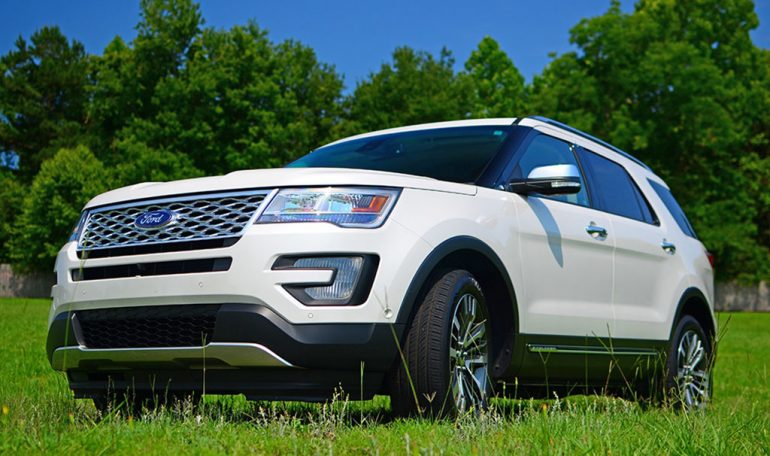
Ford has announced a recall of 2.24 million older Explorer sport utility vehicles globally due to concerns related to the A-pillar trim. The recall, affecting models from 2011 through 2019, is prompted by the possibility of trim retention clips not being properly engaged, leading to the detachment of the trim. The National Highway Traffic Safety Administration (NHTSA) specified that 1.89 million of the recalled SUVs are in the United States.
The A-pillar is a crucial structural component supporting the windshield of a vehicle. In this case, Ford mentioned that the trim issue does not currently pose a safety risk, as there have been no reported crashes or injuries associated with it. The automaker plans to address the problem by having dealers inspect and replace the A-pillar trim as necessary.
Also, don’t forget that you can get discounted new car pricing with a free quote through qualified local dealer partners.
Owners of the affected vehicles are advised to look for signs such as gaps around a loose A-pillar trim or audible rattles and excessive wind noise from the A-pillar area. Ford estimates that approximately 5% of the vehicle population may be impacted by this recall.
Interestingly, Ford had previously received an informal inquiry from the NHTSA in 2018 regarding exterior A-pillar trim detachments on 2012-2014 Explorer vehicles. At that time, the company determined that the issue did not pose an unreasonable safety risk. However, in 2021, Ford revisited the matter and concluded that no recall was needed.
The recent recall decision came after NHTSA initiated a preliminary investigation in February 2023. Furthermore, Transport Canada raised similar concerns in August of the same year. NHTSA emphasized the potential road safety hazard posed by the trim detachment while driving. Ford acknowledged that it was aware of 14,337 warranty reports alleging missing or detached exterior A-pillar trim parts.
In response to the recall, Ford will be taking corrective measures by addressing the trim issue to ensure the safety and satisfaction of its customers. It highlights the ongoing efforts by automakers to address potential safety concerns even after initial assessments may have deemed them not critical.